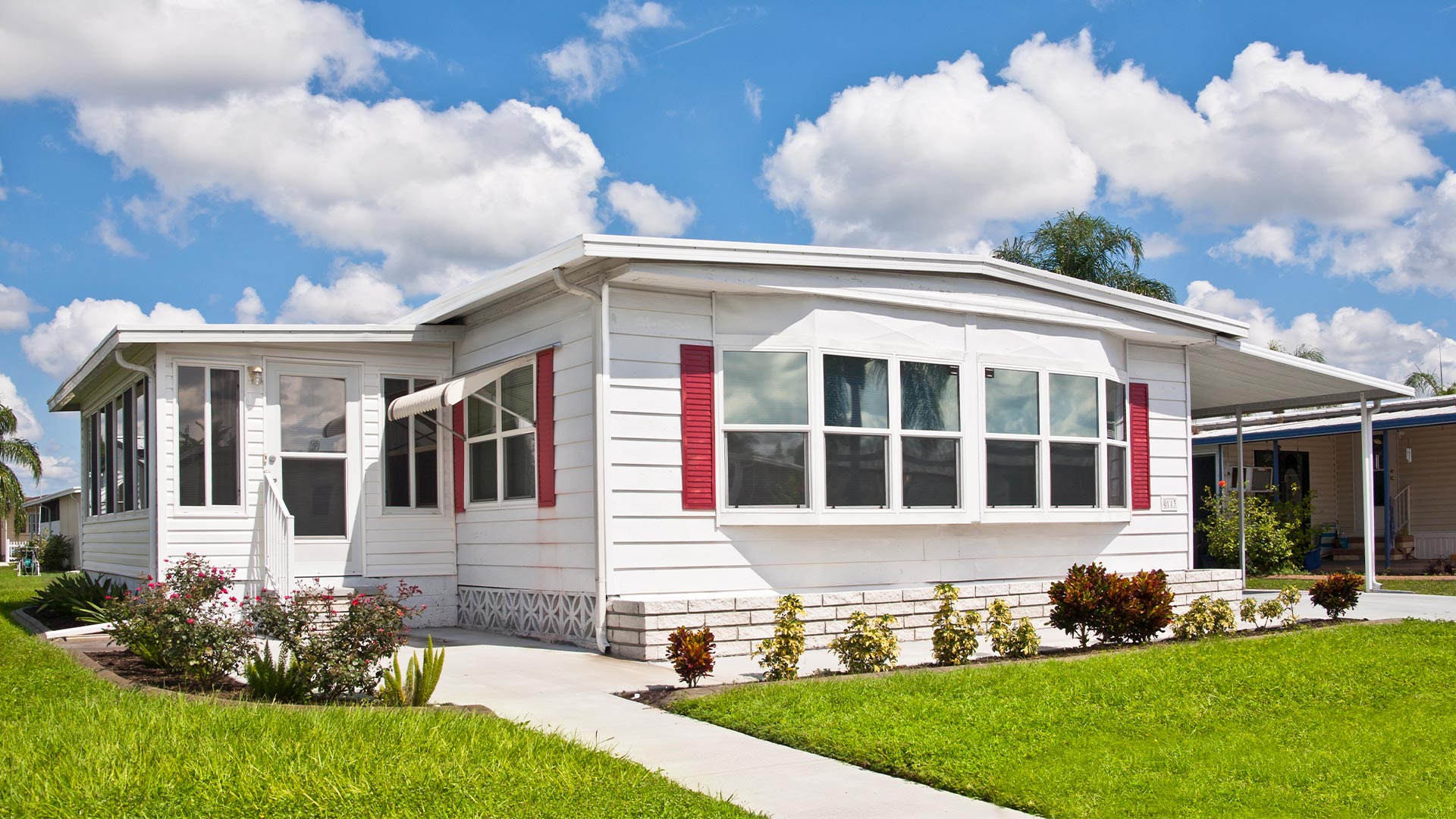
What does it mean to pre-qualify for a loan?
As you prepare to buy a home, you’ll likely come across the term ‘loan pre-qualification.’ This is the first step in the mortgage process, where a lender provides a ballpark estimate of how much house you can afford.
Pre-qualification is typically quick and easy — you don’t have to provide documents to the lender, only answer a few short questions.
By getting pre-qualified, you can be sure you’re shopping for homes within your true price range, and not getting your heart set on a home you won’t be able to afford.
Start your home loan approval today (May 4th, 2021)In this article (Skip to…)
- How to pre-qualify for a loan
- Do I need to get pre-qualified?
- Pre-qualification vs. pre-approval
- When should I pre-qualify?
- When should I get pre-approved?
- Minimum requirements to qualify
How to pre-qualify for a loan
Pre-qualifying for a mortgage loan isn’t only useful for getting a ballpark estimate of affordability. It’s also an opportunity to shop around and compare loan offers.
The sale price of a home isn’t the only factor that determines your monthly payment. Your mortgage interest rate also plays a big role. It influences how much you pay on a monthly basis and over the life of the loan.
If you’re a first-time homebuyer, getting prequalified might seem intimidating. But the process is relatively easy.
And in most cases, you don’t have to meet a lender face-to-face. Many banks and mortgage companies have online pre-qualification forms that take only minutes to complete.
Here’s how to get pre-qualified for a mortgage loan:
- Visit a lender’s website and complete the pre-qualification form. Select the link “apply online” or “get prequalified”
- Next, provide the lender with basic financial information. This includes your total monthly income (prior to taxes), additional income sources, and monthly debt payments
- Once you submit the online pre-qualification form, the lender will conduct a soft credit check. These credit checks don’t impact your credit score. This is how a lender pre-screens applicants to see if they meet the minimum qualifications for a loan
If you meet lending requirements based on your credit profile and information you provide, the lender will issue a pre-qualification showing your likely interest rate and the maximum loan amount you can borrow.
Note, a pre-qualification is not a commitment to loan you money on the lender’s part.
The rate and loan amount you’re offered aren’t binding until you’ve completed a full application and submitted all your financial documents. The lender’s underwriting process will verify your eligibility, rate, and loan size.
However, pre-qualification is a useful first step to determine your home buying budget and set you on the right track for house hunting.
Do I need to get pre-qualified?
You might ask, is a pre-qualification really necessary when buying a home? The short answer is no.
There’s no rule that says you must get pre-qualified before shopping for a home. However, a pre-qualification has its benefits.
Getting pre-qualigied gives you clues about potential eligibility for a mortgage loan, as well as an idea of your home buying budget. This is need-to-know information, especially if you’re questioning whether your income is enough to afford a home purchase.
For example, after a review of your pre-qualification form, a lender might say you pre-qualify for a mortgage up to $150,000.
If you believe you’re able to find a suitable property within this price range, you might proceed with the mortgage. But if not, you could postpone the mortgage and wait until your financial situation improves.
But although a pre-qualification is a helpful first step and provides information about budgets, it doesn’t carry as much weight as a pre-approval.
Pre-qualified vs. pre-approved: What’s the difference?
Some people use the terms pre-qualify and pre-approval interchangeably, yet these terms are not the same.
To be clear, neither a pre-qualification nor a pre-approval guarantees a mortgage. Even so, when you’re ready to make an offer on a property, some home sellers only accept offers from pre-approved buyers.
For both processes, you’ll fill out a form and provide your financial information. The difference, though, is that lenders base pre-qualifications on self-reported information. In other words, the lender doesn’t verify this information
In a competitive housing market, a seller might choose a pre-approved buyer over a pre-qualified buyer.
Pre-approvals, on the other hand, involve verification of stated income. Lenders will conduct a hard credit check, analyze your credit report, and review supporting documentation like your W-2s, tax returns, and bank account statements.
A pre-approval is a stronger indication of mortgage approval, which builds your credibility as a buyer. For this reason, in a multiple-offer scenario, a seller might choose a pre-approved buyer over a pre-qualified buyer.
Start your mortgage pre-approval (May 4th, 2021)When should I get pre-qualified?
Some people get pre-qualified when casually looking at homes, or when they want a general idea of their future budget.
Keep in mind that a pre-qualification isn’t always necessary. If you’re ready to purchase, you can skip this process altogether and apply for a mortgage pre-approval instead.
When should you get pre-approved?
The best time to get pre-approved is a few weeks or months before purchasing. You shouldn’t get pre-approved too early. In most cases, a pre-approval will expire after about 90 days.
You should also get pre-approved before meeting with a real estate agent and actively looking at homes. If you don’t know your budget, you could potentially make an offer on a home that you can’t afford.
Plus, a pre-approval provides additional information to help you prepare for a purchase. You’ll not only receive information about loan amounts, but also estimates regarding interest rates, down payment amounts, and monthly mortgage payments.
To prepare for a pre-approval, gather your documents early and submit these to a mortgage lender in a timely manner.
Borrowers typically need to submit the following documents along with their mortgage application:
- Tax returns and W-2s from the past two years
- Recent pay stubs
- Bank statements for savings accounts and other assets
- A copy of your drivers license
- Employment verification
- Rental history
Depending on your circumstances, you might also provide a gift letter, a year-to-date Profit and Loss statement (if you’re self-employed), as well as court-ordered information about alimony or child support, if using this income for qualifying purposes.
If you have alternative sources of income, issues in your credit history, or unusual deposits in your bank account, you should be prepared to explain these anomalies to your loan officer.
What are the minimum requirements for loan approval?
Before you apply, it’s also helpful to understand the minimum requirements for getting a mortgage loan.
These requirements will vary depending on your loan type. But you’ll typically need a minimum credit score of 620 for a conventional home loan and VA home loan; 580 for an FHA home loan; and 640 for a USDA home loan.
Nowadays, most mortgage programs also require a minimum down payment.
These can range from 3% to 5% for a conventional loan, and start at 3.5% for an FHA home loan. VA and USDA home loans don’t require a down payment.
New homeowners are also responsible for closing costs, which typically cost another 2% to 5% of the loan amount.
In addition, most mortgage programs require at least 24 months of consecutive employment, and your debt-to-income ratio must meet the minimum qualification for the loan program — typically no more than 36% to 43%.
Check your mortgage eligibility
Before you can get serious about buying a home, you need to know whether you’ll qualify for financing — and how much you can borrow.
Mortgage pre-qualification will help you look for homes in your price range. And, when the time comes, your pre-approval letter will give you the power to make a competitive offer on your dream home.
If you’re ready to buy, don’t wait on getting pre-approved. Make sure you’re eligible and check your loan options and interest rates. You can start the process online in just a few minutes.
Verify your new rate (May 4th, 2021)



